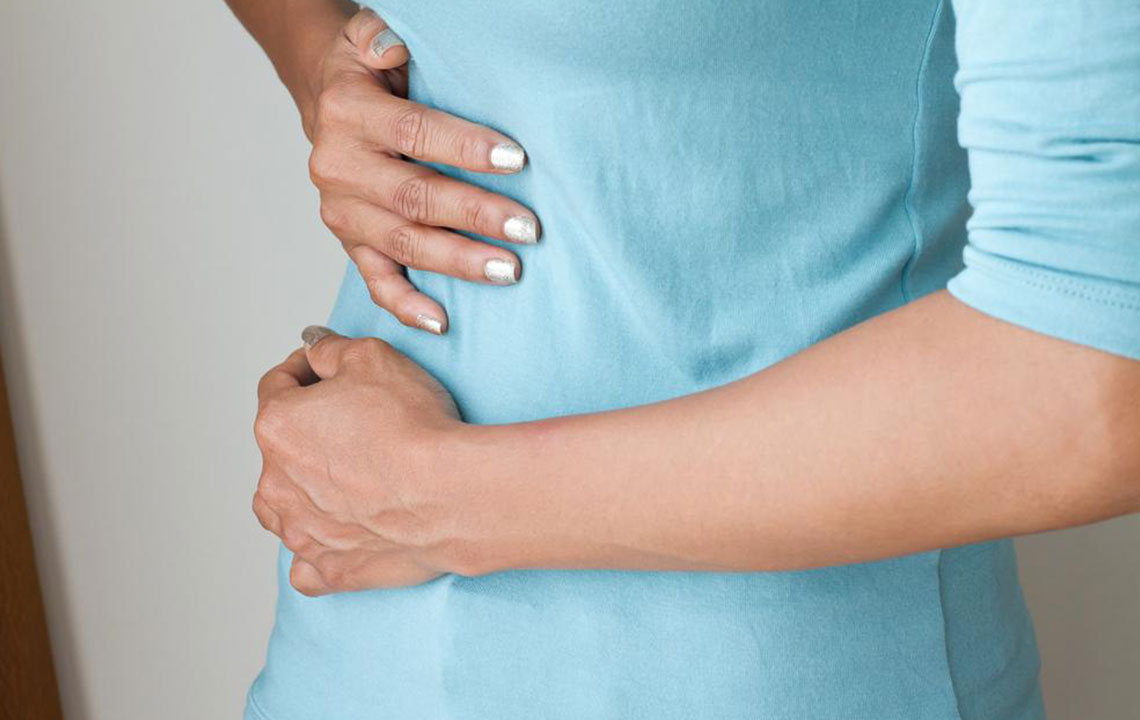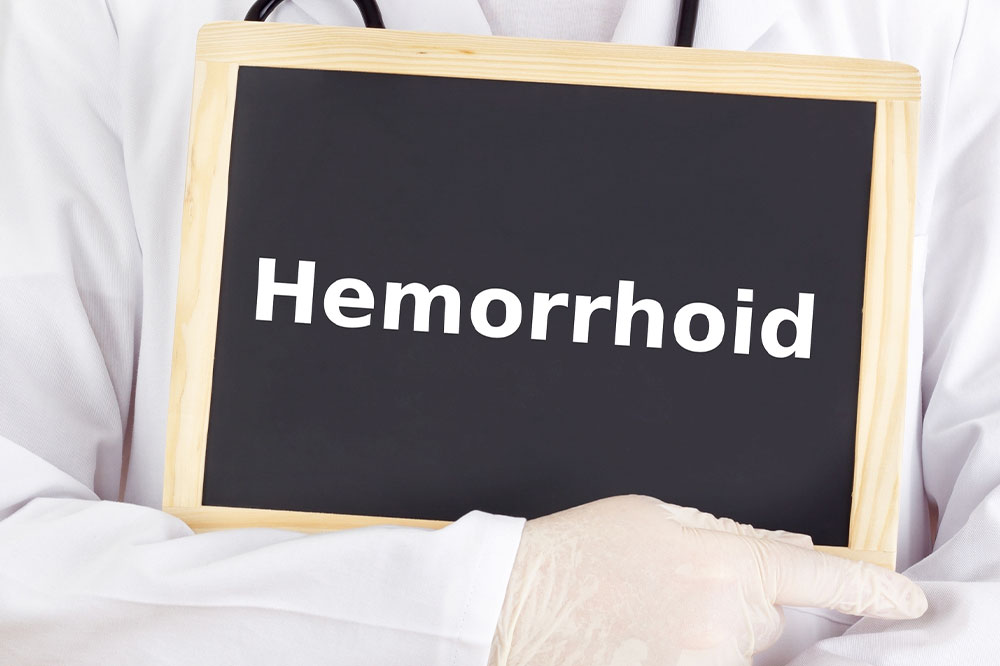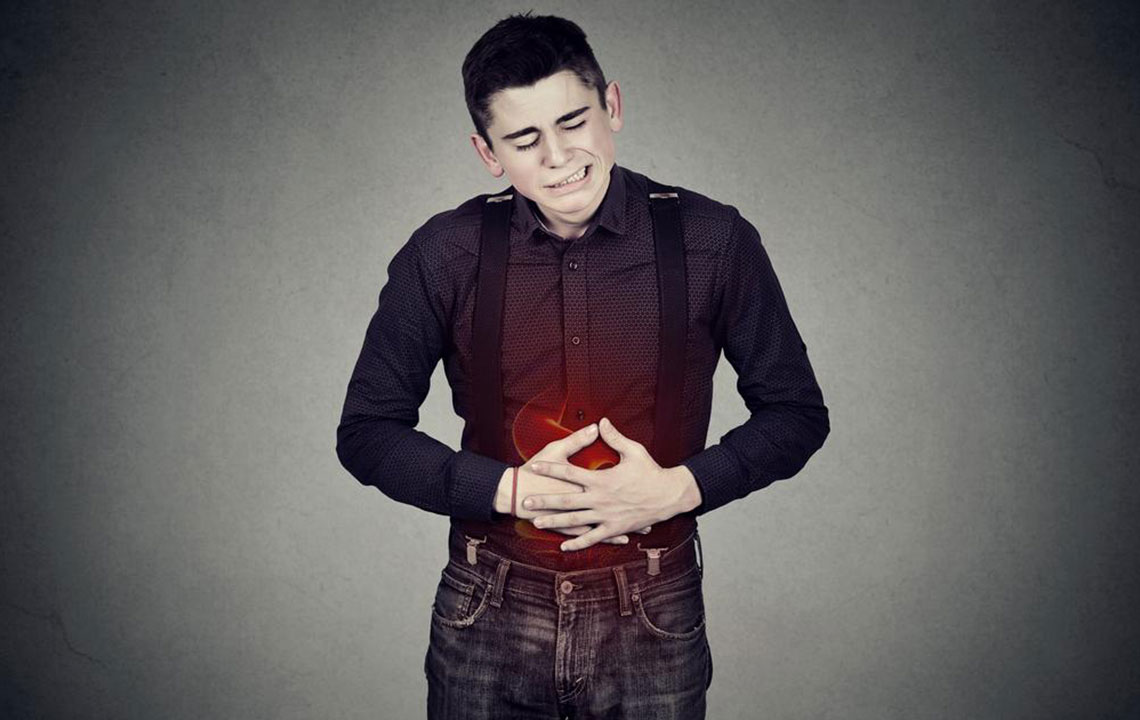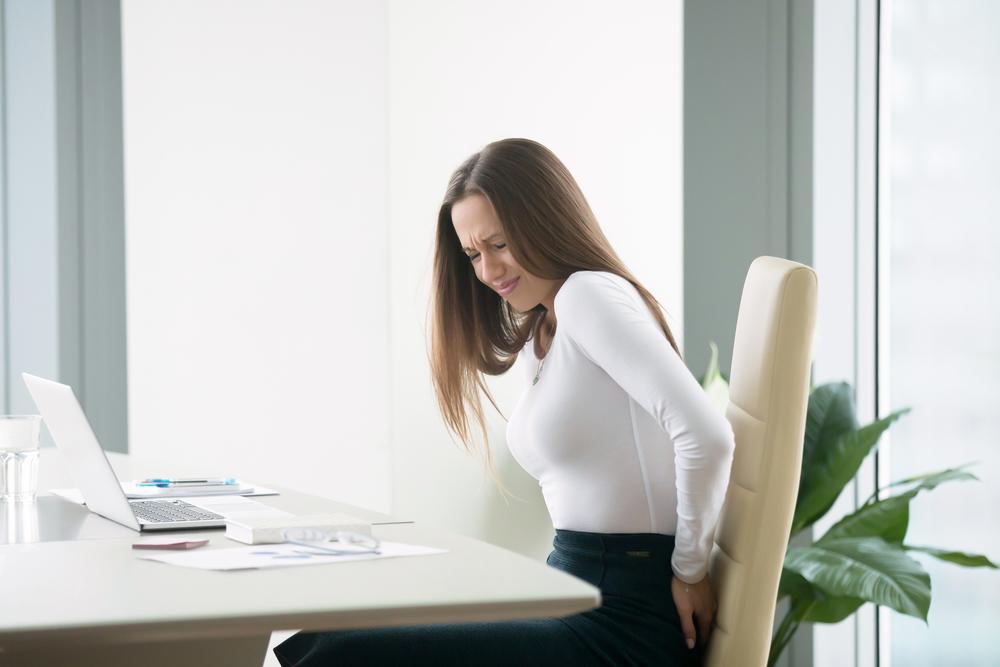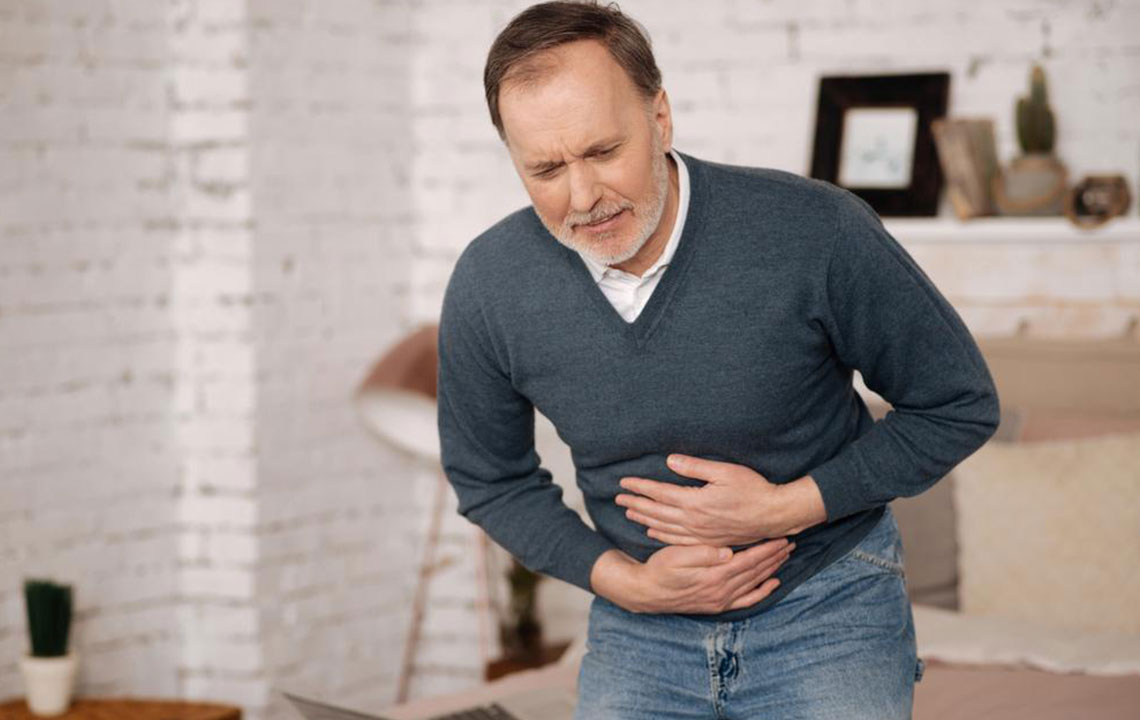Hemorrhoids Explained: Causes, Symptoms, Prevention, and Effective Treatments
This comprehensive guide explains hemorrhoids, detailing their causes, symptoms, preventive measures, and various treatment options. It emphasizes lifestyle changes, home remedies, and medical procedures to effectively manage and prevent the condition. Understanding internal and external hemorrhoids, along with early diagnosis and treatment, can significantly reduce discomfort and complications. The article offers practical advice for maintaining rectal health through diet, hydration, exercises, and prompt medical attention, making it an essential resource for those affected or seeking preventive tips.
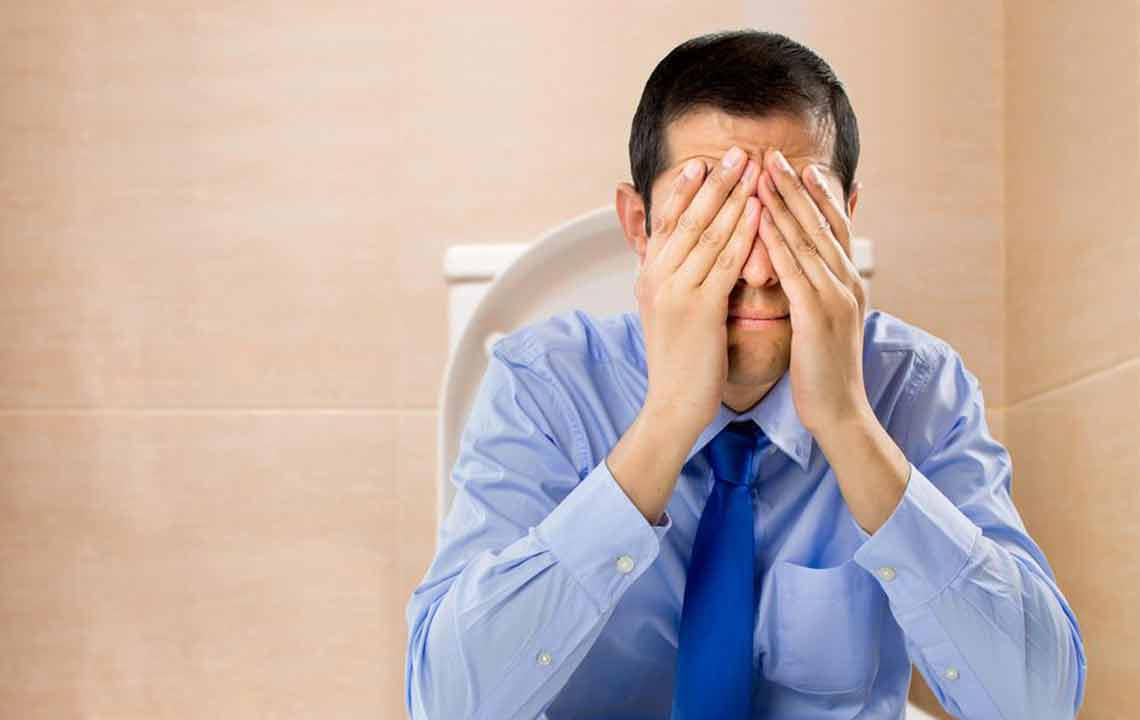
Hemorrhoids Explained: Causes, Symptoms, Prevention, and Effective Treatments
Hemorrhoids, also known as piles, are swollen and inflamed blood vessels located in the lower rectum and around the anus. These blood vessels serve as a cushion for stool passage, but when subjected to increased pressure, they can become engorged, leading to discomfort and other issues. Hemorrhoids affect individuals across all age groups, but their prevalence rises notably among older adults, especially due to weakening vascular tissues and other contributing factors. While mild hemorrhoids often resolve naturally without causing significant discomfort, larger or irritated hemorrhoids can cause pain, bleeding, itching, and swelling, impacting daily life.
Understanding the causes, symptoms, and preventive strategies for hemorrhoids is essential for managing and reducing the risk. Treatment options vary from simple home remedies and lifestyle modifications to more advanced medical interventions for severe cases. Recognizing the types of hemorrhoids—internal and external—is also vital, as they differ in their location, symptoms, and treatment approaches.
The primary cause of hemorrhoids is increased pressure within the veins of the rectum and anus, which causes these vessels to swell and become inflamed. Several factors contribute to this heightened pressure, including prolonged sitting, especially on the toilet, chronic constipation or diarrhea, a diet low in fiber, pregnancy, obesity, poor posture, spinal injuries, and certain behaviors like anal intercourse. These factors impair normal blood flow or increase strain during bowel movements, leading to the development or exacerbation of hemorrhoids.
Signs and symptoms of hemorrhoids can include persistent discomfort or itching around the anal area, swelling or lumps near the anus, irritation during bowel movements, visible rectal bleeding, and painful swellings caused by blood clots forming inside external hemorrhoids. Recognizing these symptoms early helps in seeking prompt treatment and avoiding complications.
Diagnosis of hemorrhoids generally involves a thorough physical examination, including inspection of the anal area, rectal examination, and possibly more detailed tests like anoscopy or colonoscopy if other underlying conditions are suspected. External hemorrhoids are usually visible and palpable, while internal hemorrhoids may require special diagnostic tools for accurate assessment.
Most cases of hemorrhoids respond well to conservative treatments and home remedies. However, severe or persistent hemorrhoids may necessitate medical procedures such as laser therapy, rubber band ligation, hemorrhoidectomy, or stapled hemorrhoidopexy. These procedures aim to remove or reduce hemorrhoids, alleviating symptoms and preventing recurrence.
Warm Sitz Baths: Sitting in warm water for 10-15 minutes, 2-3 times daily, helps reduce inflammation, soothe the area, and promote healing.
Stool Softeners: Oral medications or dietary fiber supplements ease bowel movements, reducing straining and pressure on the rectal vessels.
Diet and Hydration: Increasing dietary fiber intake (fruits, vegetables, whole grains) and drinking plenty of water prevents constipation and decreases the likelihood of hemorrhoids developing or worsening.
Ice Compresses: Applying cold packs externally can diminish swelling, numb pain, and provide quick relief from discomfort.
In more advanced cases, medical interventions might include topical ointments (such as hydrocortisone or witch hazel), oral pain relievers, or minimally invasive procedures like laser therapy, rubber band ligation, or surgical removal. Preventive strategies focus on maintaining a high-fiber diet, staying well-hydrated, exercising regularly, avoiding prolonged sitting or standing, and responding promptly to the urge for bowel movements to minimize strain and pressure on the rectal veins.
To ensure safe and effective treatment, always consult a healthcare professional before beginning any therapy for hemorrhoids. Early intervention can prevent complications and improve quality of life.
